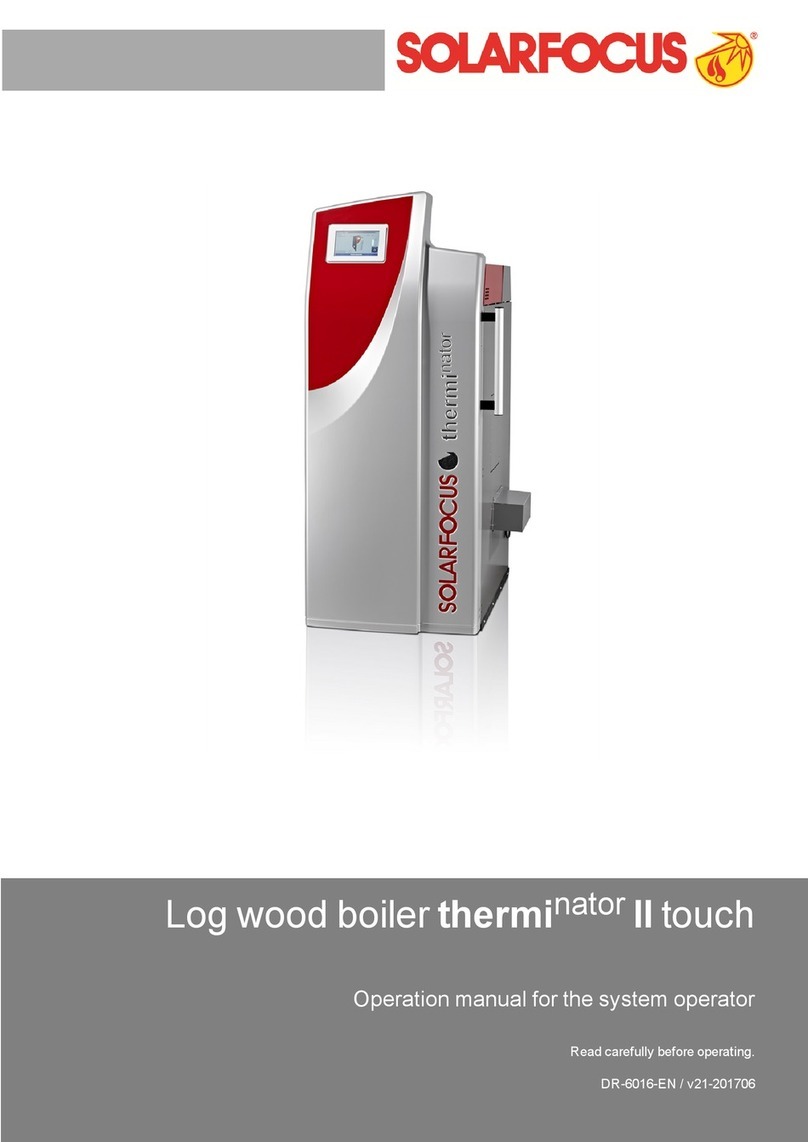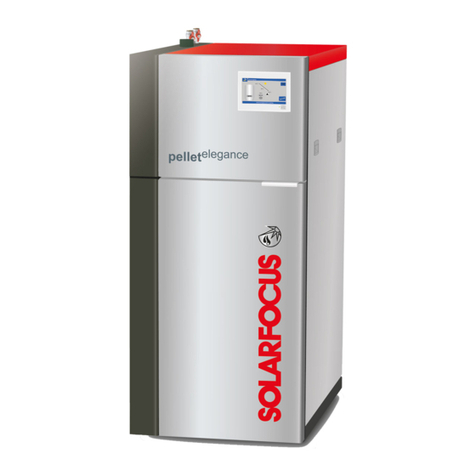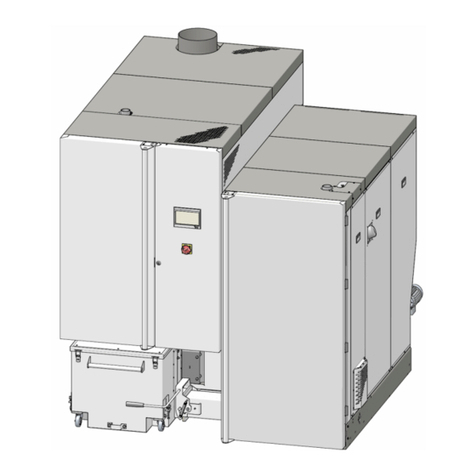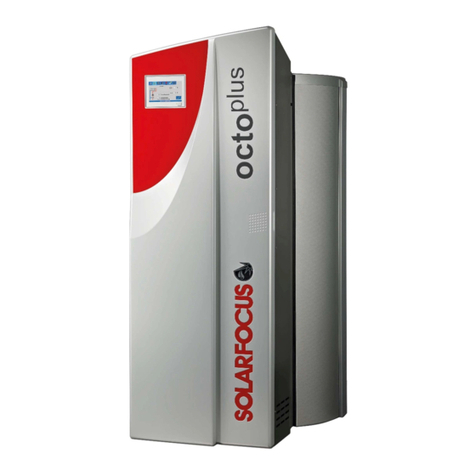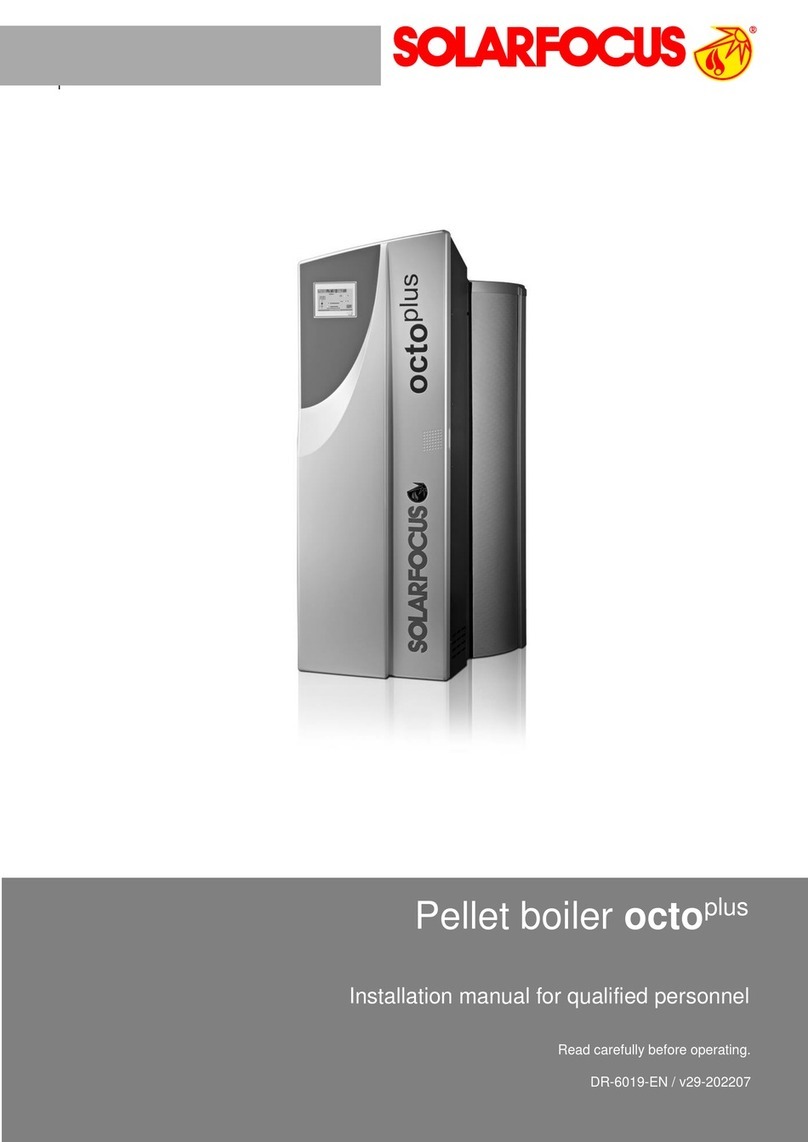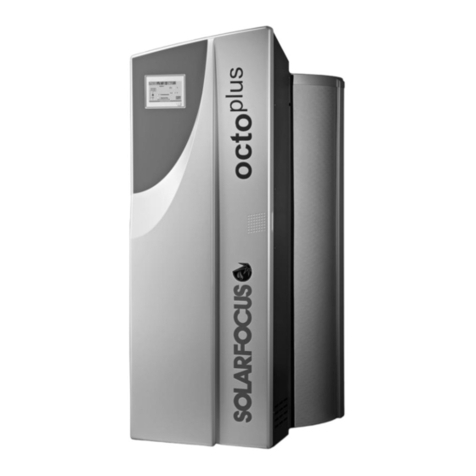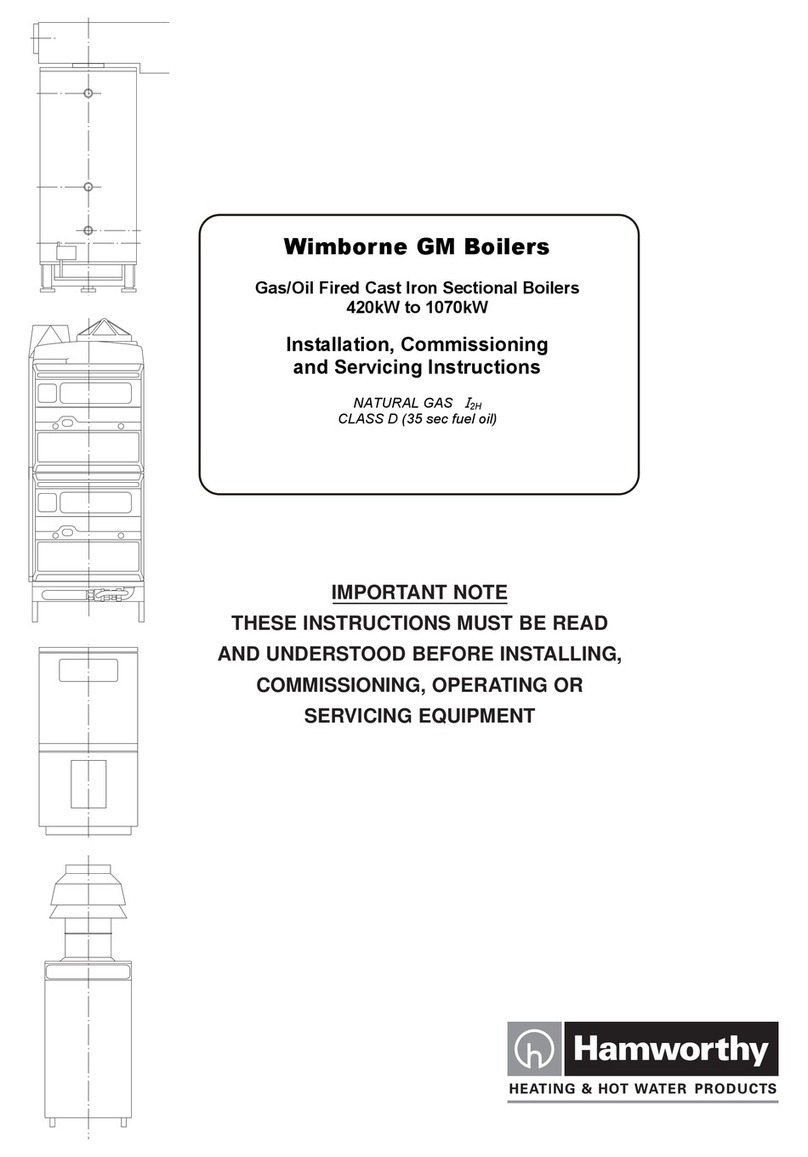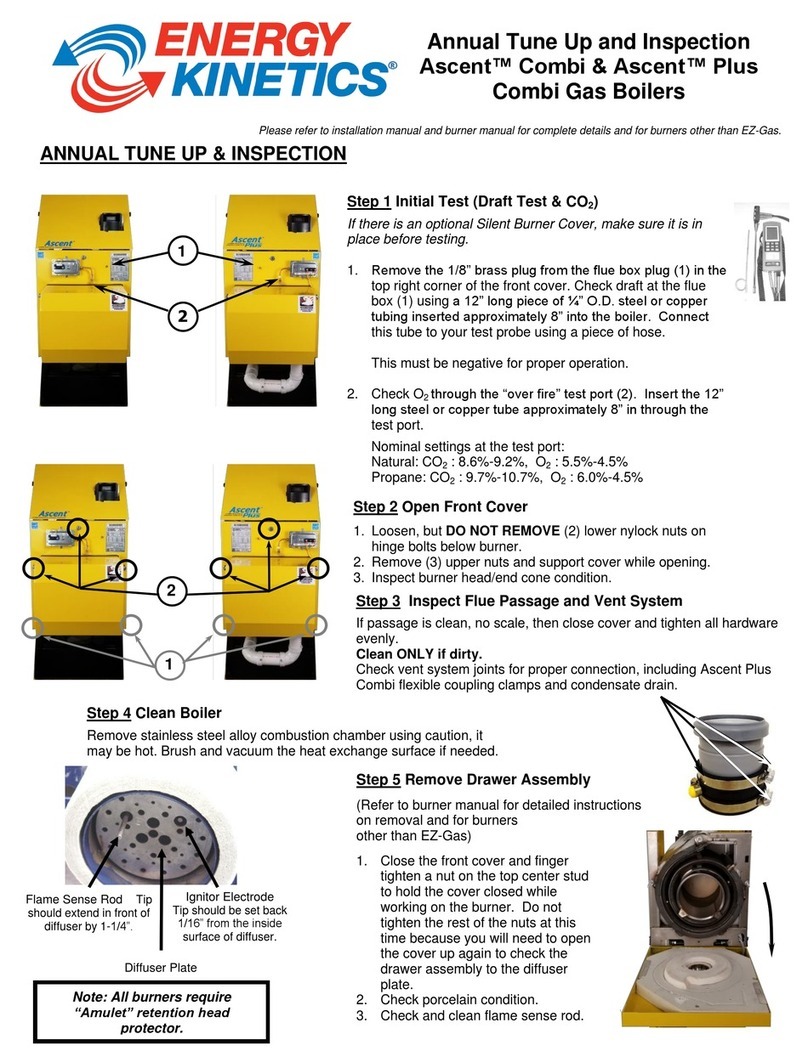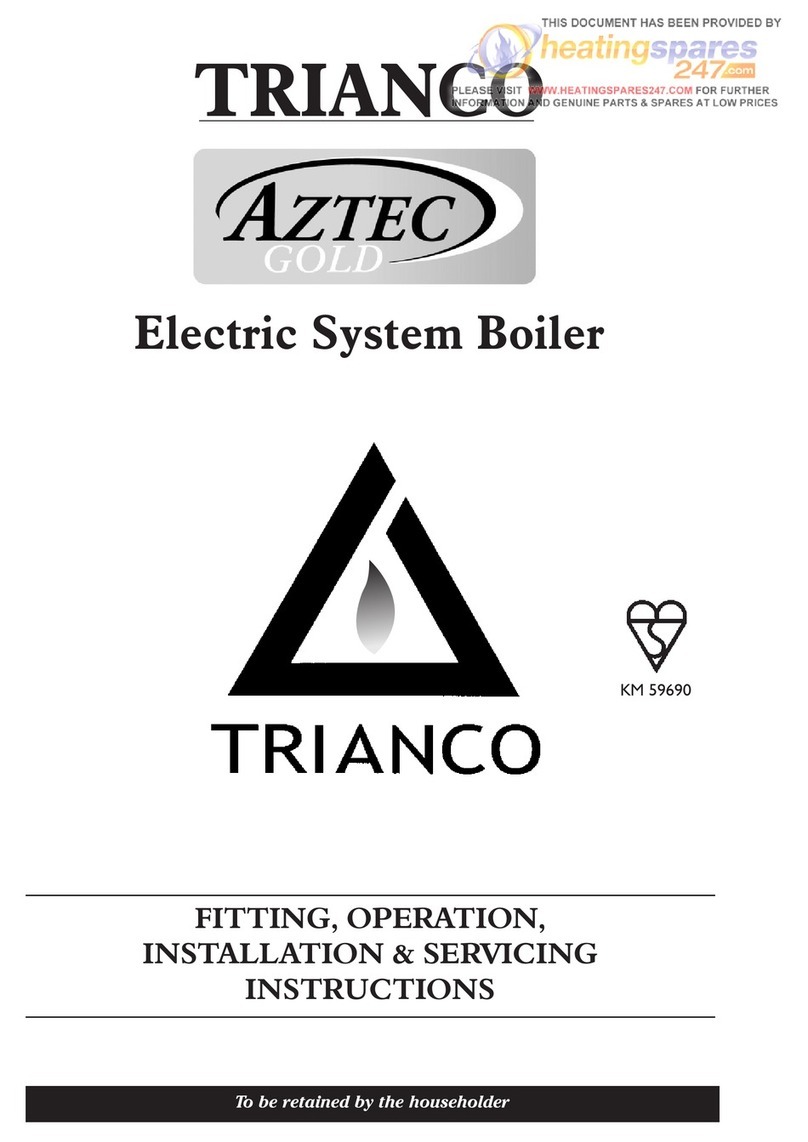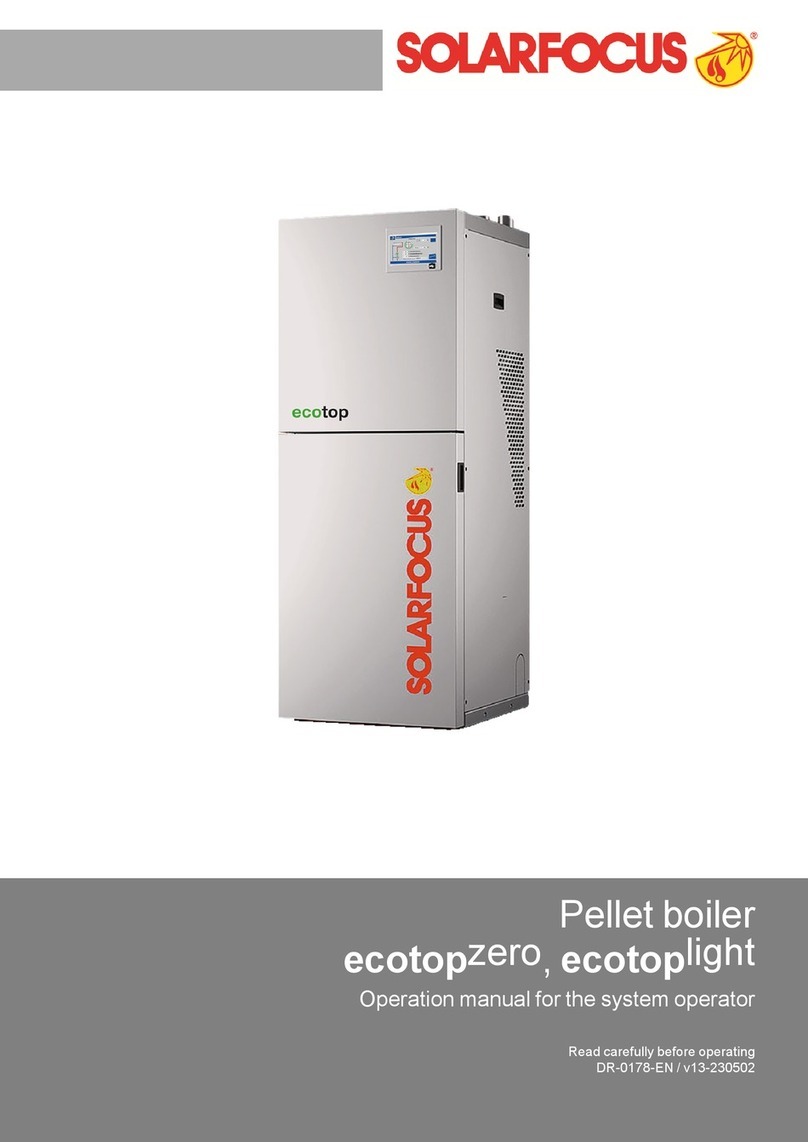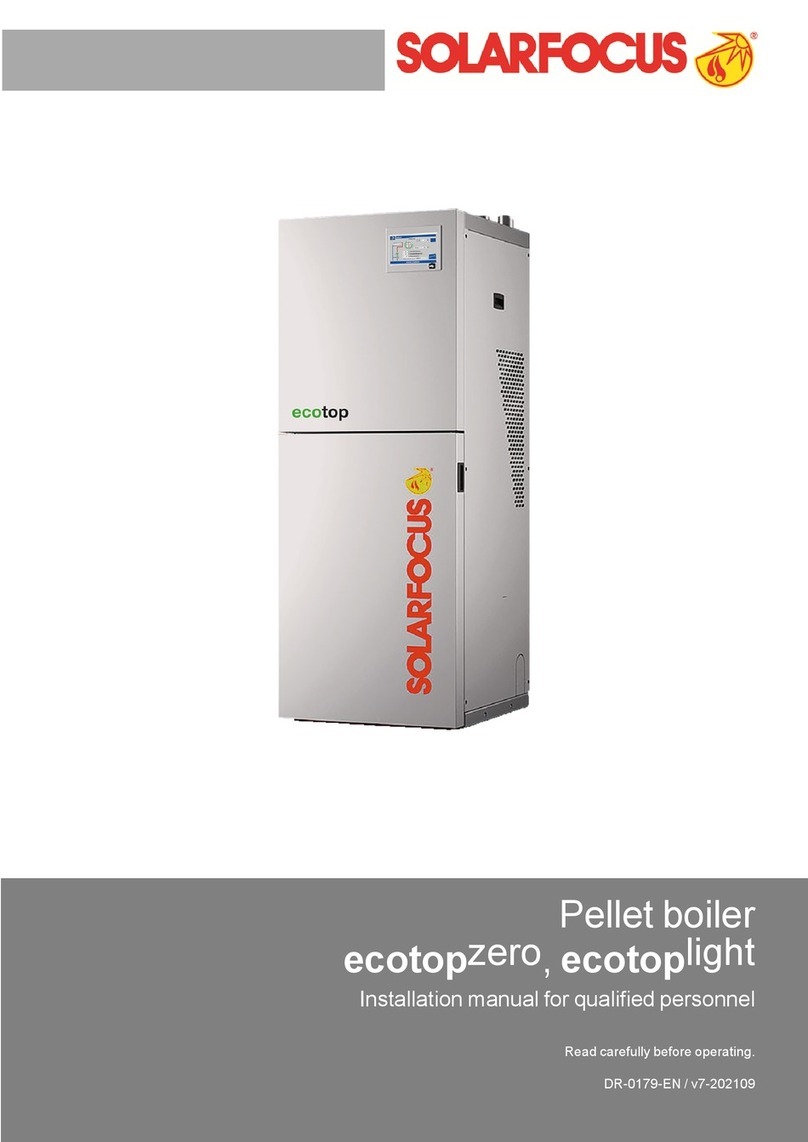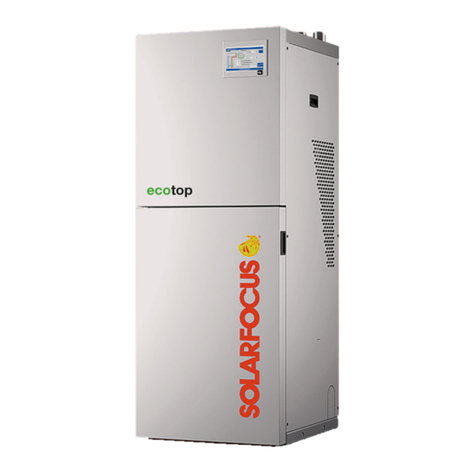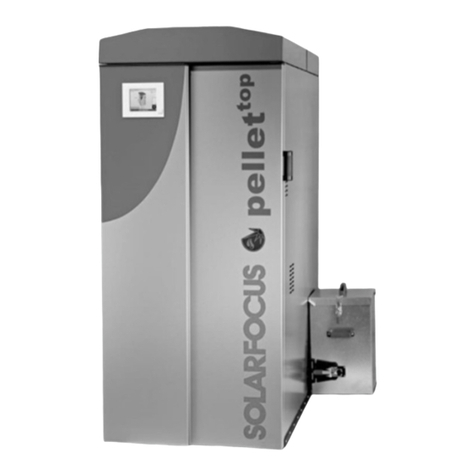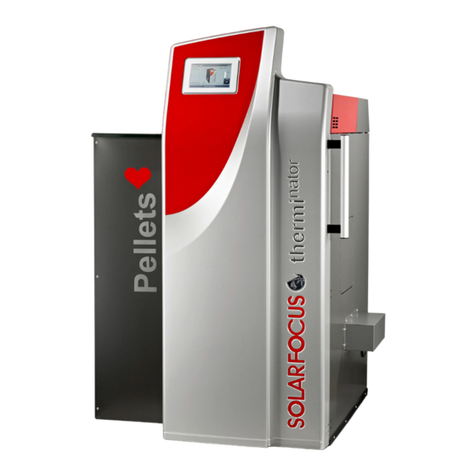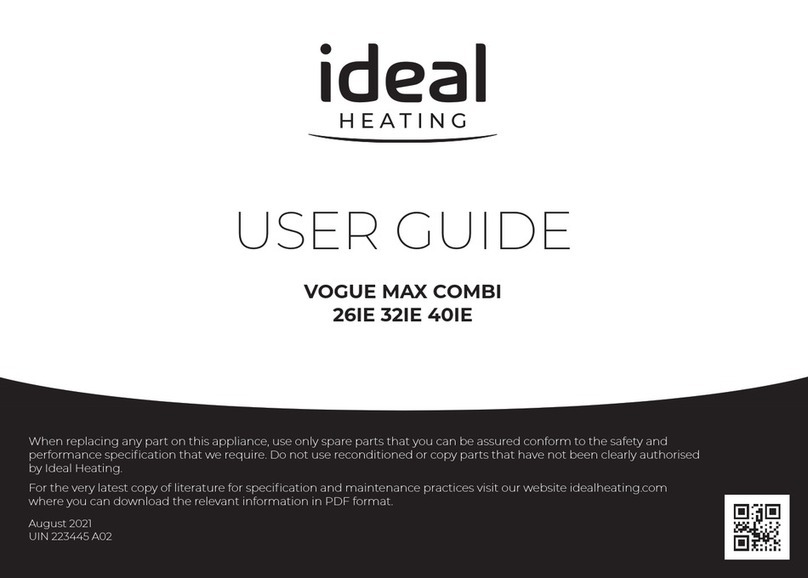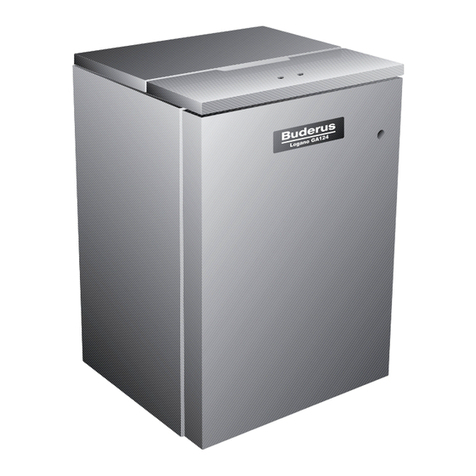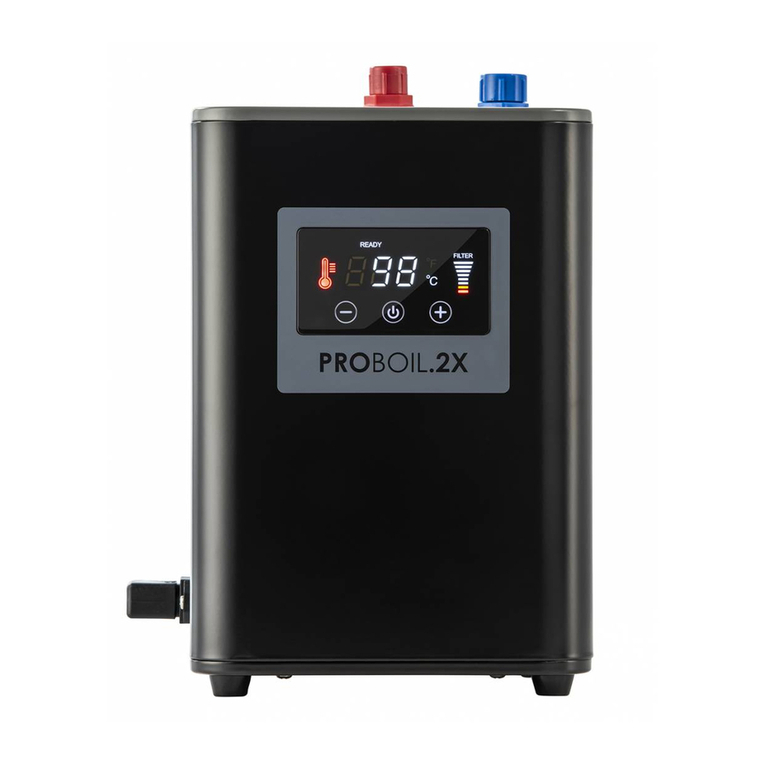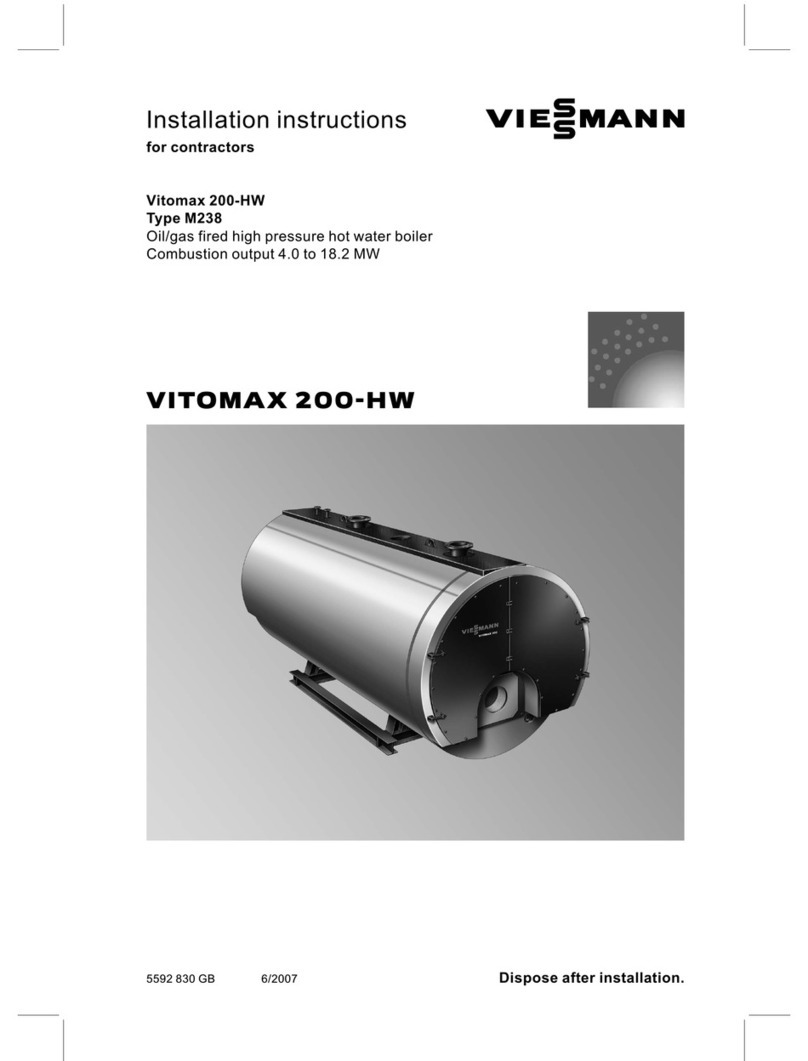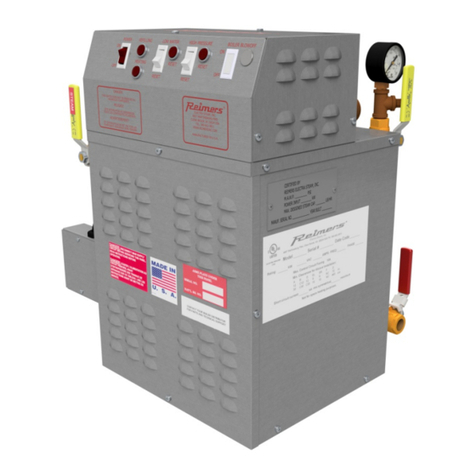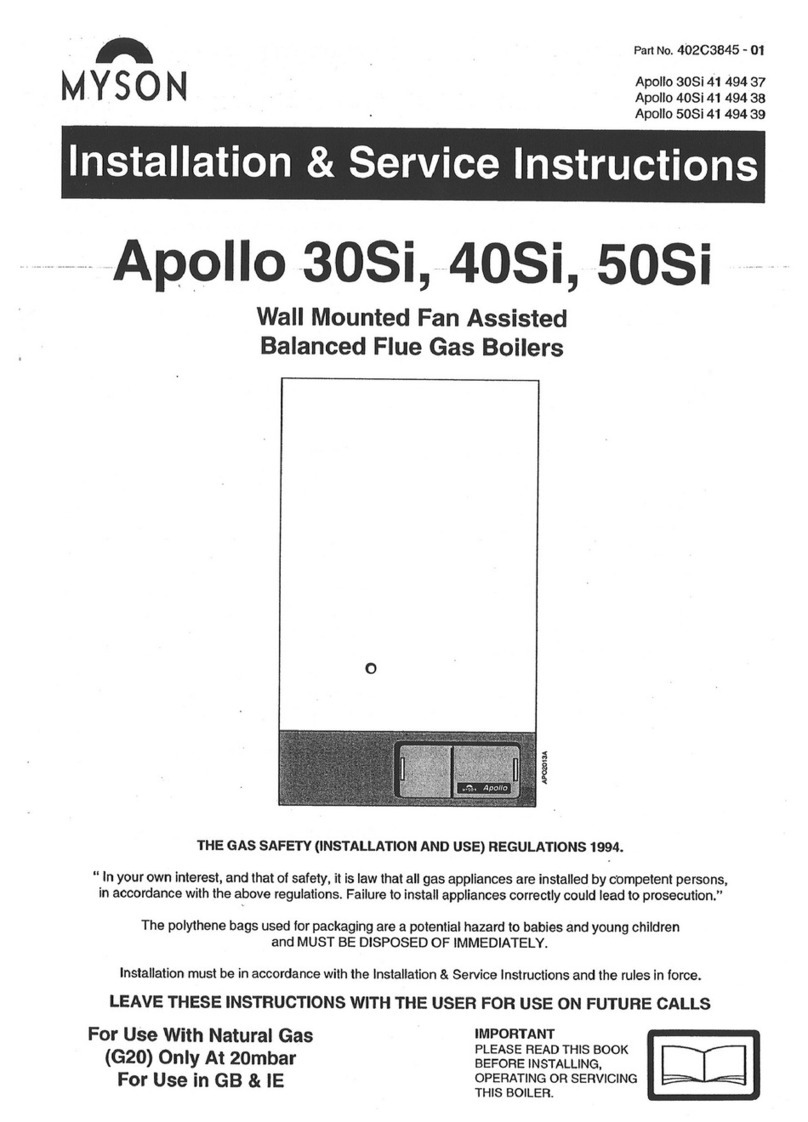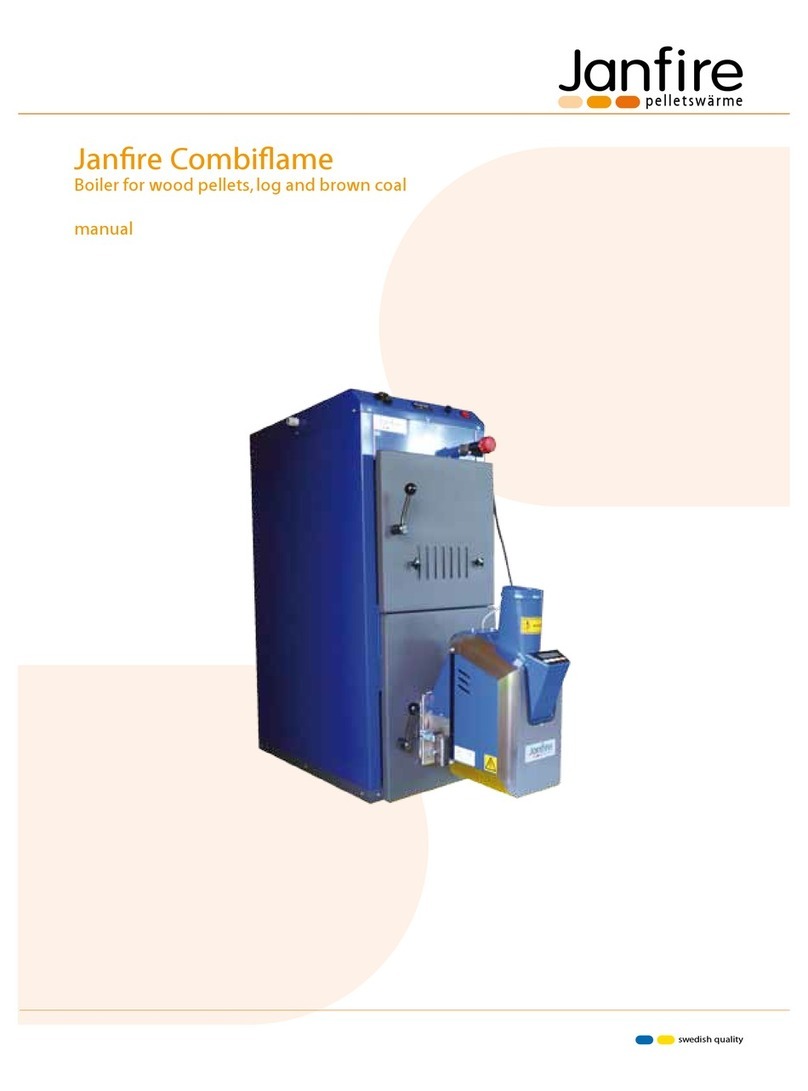
5 Prior to assembly
Supply air/exhaust air in Boiler room
For Austria (according to standard H 5170):
–For the supply air, 2 cm² per kW thermal output of
the fuel, but allow at least 200 cm² free cross-sec-
tion. (Fuel heat capacity = boiler capacity / effi-
ciency)
–For the exhaust air, allow at least 180 cm² free
cross-section up to 100 kW nominal heat and an
additional 1 cm² free cross-section for every further
kW.
iCalculate at least a further 20 % for wire mesh
in the aeration cross-section.
For Germany In accordance with the Model Firing Ordi-
nance:
–For heating appliances with a nominal output of up
to 35 kW, a combustion air opening of at least 150
cm² or 2 x 75 cm² routed directly into the open air
must be provided.
–Alternatively, a door/window leading outside and a
room content of at least 4 m³/kW nominal heat out-
put are suitable. If the Boiler room does not abut
onto an outside wall, combustion air supply via
connecting rooms is possible. Here, the com-
bustion air is supplied via a sufficiently dimen-
sioned adjacent room which abuts onto an outside
wall.
–From 35 to 50 kW, provide a free aeration cross-
section of at least 150 cm². From 50 kW upwards,
for aeration and ventilation, provide a minimum
free cross-section of 150 cm² for each, plus 2 cm²
per KW in excess of 50 kW.
iCalculate at least a further 20 % for wire mesh
in the aeration cross-section.
Boiler
power
[In kW]
Minimum space [in cm²] including 20%
surcharge for grids
Austria Germany Switzerland
Supply
air
Exhaust
air
Supply
air/Exhaust
air
Supply air
20 kW
>240 >216
>180 >206
25 kW >180 >258
35 kW >180 >361
50 kW >228 >515
70 kW >228 >721
90 kW >276 >927
130 kW >347 >252 >372 >1339
200 kW >533 >336 >540 >2060
400 kW >1067 >576 >1020 >4120
5.3 Chimney, flue gas pipe
Chimney cross-section and chimney height
The necessary cross-section depends on the nominal
output of the heating system and the effective chim-
ney height (at least 6.5 m). We recommend that you
have the calculations performed by an expert.
Chimney execution
–The chimney must be resistant to moisture. Use
fire brick or stainless steel.
–The chimney must conduct away the flue gases
reliably at all times.
Connect the chimney condensate drain to the
sewage system
–Connect the condensate drain line of the chimney
to the domestic sewage system (to drain con-
densate, rainwater).
–Use DN 25 diameter pipe, install siphon.
Provide each boiler with its own chimney
–The boiler and the fireplace must be coordinated.
This is the only way to ensure the proper func-
tioning of the heating system and the correct
discharge of the flue gases.
–If there is only one chimney available for two boi-
lers, there is a risk (considering the different ope-
rating states of the boilers - full load/partial load).
This can lead to problems (e.g. the flue gas has too
low energy during the ascent, and does not lift off
sufficiently from the chimney mouth, ...odour pol-
lution by flue gases).
–Singly equipped chimneys are more reliable and
safer than multi-fuelled fireplaces.
Do not connect a gas boiler and blower boiler to
the same chimney
Do not connect a wood-burning stove and blower
boiler to the same chimney
–A wood-burning stove typically requires a larger
chimney diameter than the blower boiler.
–Acoustic disturbance from the blower boiler may
be possible in the living room (by the wood-burning
stove).
–Unnecessary risk due to gas leakage, e.g. if the
blower boiler is defective.
14 Operation manual maximus





















